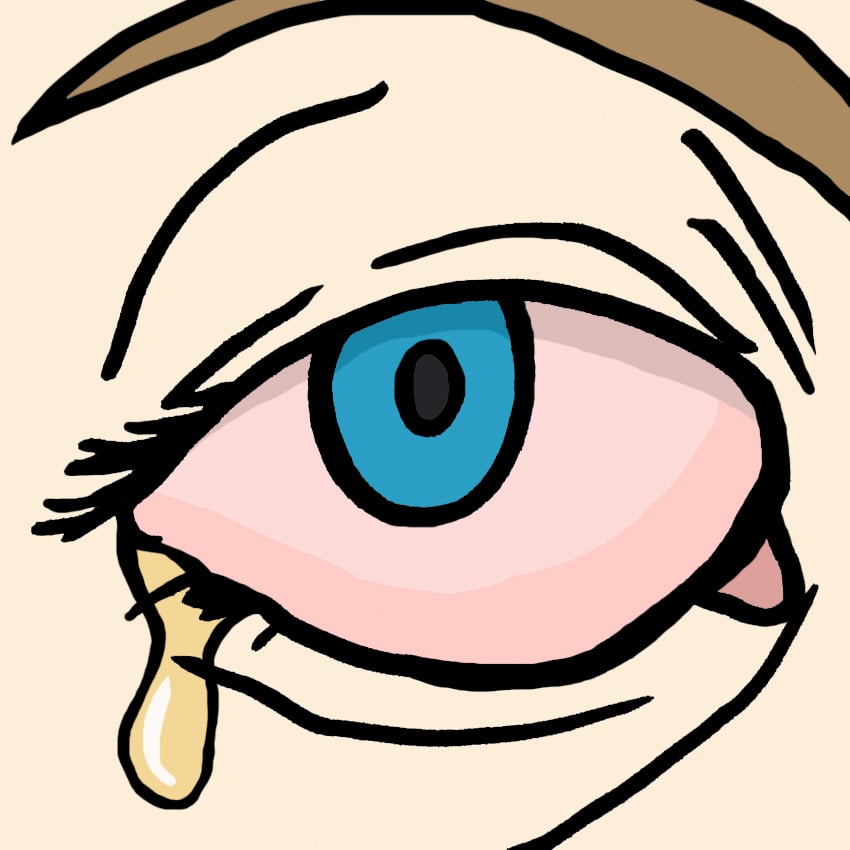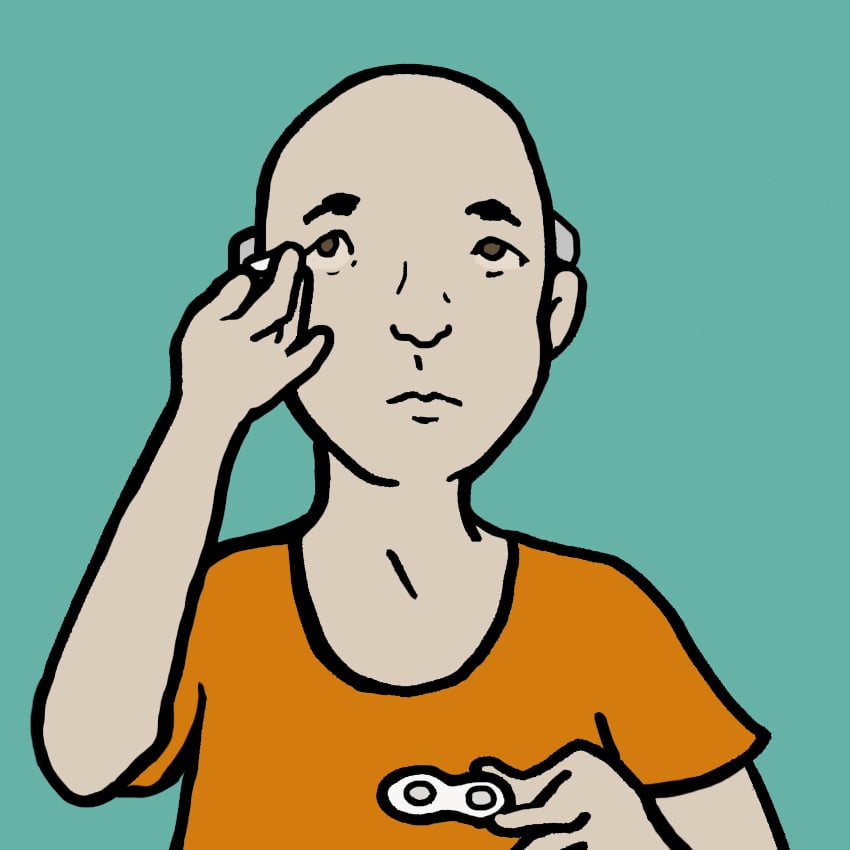If you've ever had pinkeye, then you know that all you want it to do is to go away!
The hot, itchy feeling on your eye is just awful, and it looks even worse, turning your normally bright eyes into a goopy, bloodshot mess.
Technically known as conjunctivitis, pinkeye is an inflammation of the outermost layer of the white of the eye, which is called the conjunctiva, as well as the inner surface of the eyelid. The result is burning, itching, discharge, and a pink or red discoloration. Yuck!
But what you might not realize is that there are different kinds of pinkeye and determining which kind you have is an important step in soothing it.
Luckily, even though both kinds of pinkeye are fairly common and easily spread, they're also both easy to treat and soothe at home, using some surprisingly simple tricks.
Eyes are fascinating, but they are very delicate, and that means they need special care to keep them healthy and strong. There are even eye exercises that you can do to keep them sharp.
Read on to see how you can treat this common ailment and please SHARE!
What Is Pinkeye And What Causes It?

Pinkeye is an infection of the outer layer of the white of your eye and inside of your eyelid. It's characterized by dry-feeling, hot, itchy eyes, goopy discharge, and redness of the eyes.
However, your iris and pupil should look normal, and your vision and sensitivity to light should be normal as well. If you notice changes in either, something else may be going on, so be sure to visit your doctor.
Technically, it's called conjunctivitis, and there are actually three kinds.
So, how do you know which is which?
Identifying The Types Of Pinkeye Type #1: Bacterial Pinkeye

Bacterial pinkeye is caused by (you guessed it) bacteria, and it's characterized by a rapid onset of redness and cloudy, yellowish discharge.
Bacterial pinkeye is usually caused by coming in contact with a contaminated object or water.
It usually starts in one eye and often spreads to the other, and can spread from person to person.
Type #2: Viral Pinkeye

Viral pinkeye is caused by a virus, and usually happens concurrently with a cold or an upper respiratory infection.
Like the bacterial version, it usually starts in one eye and then spreads to the other, and is also contagious.
However, the drainage with a viral infection is clear, similar to tears.
Type #3: Allergic Pinkeye

Pinkeye is a symptom of allergies, too.
This results in clear, watery drainage and reddened eyes, but it's likely to hit both eyes at once, and is not contagious.
If you find you get pinkeye in both eyes at around the same time every year, or around certain plants or animals, your cause is likely an allergy.
Ways To Treat Pinkeye Tip #1: Stop The Spread

Bacterial and viral conjunctivitis are very contagious, so if you have one of these types, the first thing you need to do is to stop it from spreading.
Wash your hands every time you touch your eyes. If you wear contacts, take them out at the first sign of redness or discomfort, and don't wear lenses until the infection clears up.
If you put anything on your eyes (as detailed below), wash or toss it immediately after use.
Tip #2: Use A Compress

The bacteria that cause bacterial conjunctivitis really don't like heat, so applying a warm compress to the eye can help kill it off more quickly.
Simply soak a washcloth in warm water (test it out to make sure it's a comfortable temperature) and apply to the affected eye, right over your eyelid — don't put a washcloth on your eyeball. The heat will transfer through your eyelid and do its job.
For allergic pinkeye, use a cold compress.
Be sure to use different washcloths for each eye to prevent cross-contamination, and toss them in the wash when you're done.
Tip #3: Slice A Raw Potato

Slices of raw potato over the eyes are known to be soothing thanks to their naturally astringent properties.
Just lay the slices over your eyes like cucumber slices at a spa!
Tip #4: Wash With Warm Salt Water

An eyewash made with warm, lightly salted water is great for flushing out discharge and other nasties.
Be sure that the water you're using has been sterilized beforehand, though. You can do this by boiling it for a few minutes and letting it cool to a comfortable temperature.
If you'd like something easier, look for saline eyedrops that contain just salt and water.
Tip #5: Mix Up Some Honey

Honey has antibacterial properties and is soothing.
A mixture of 1/4 tsp. raw honey, 1/4 cup warm water, and a pinch of sea salt can be used like eye drops as needed.
Using a clean eyedropper, place 1 to 2 drops in the affected eye every few hours.
Like with the salt wash, be sure to boil the water beforehand and let it cool to a comfortable temperature before putting it in your eyes.
Tip #6: Try A Tea Poultice

You can use chamomile tea bags that have been pre-steeped and cooled as a compress, or create a chamomile tea and soak a washcloth in it.
However, and this is important, if you have a ragweed allergy, do not use chamomile because it will make things worse!
For those with ragweed allergies, try eyedrops made with eyebright. Eyebright is an herb known for its help with eye issues, hence its name.
Tip #7: Take Your Vitamins

If you find yourself getting pinkeye often and it's not allergies, consider boosting your diet with some eye-healthy vitamins like A and B2.
You can take supplements of these vitamins, or try cod liver oil capsules, for an extra boost of vitamin A.
Tip #8: Know When To Seek Help

Most cases of pinkeye, whether bacterial, viral, or allergic, are fairly mild (if annoying) and will usually clear up on their own.
However, if you experience eye pain, blurred vision, sensitivity to light, or if your symptoms don't respond to any treatments, it's time to go to the doctor.
SHARE these tips with your friends and family, and if you have any great eye-healthy tricks of your own, let us know in the comments!




